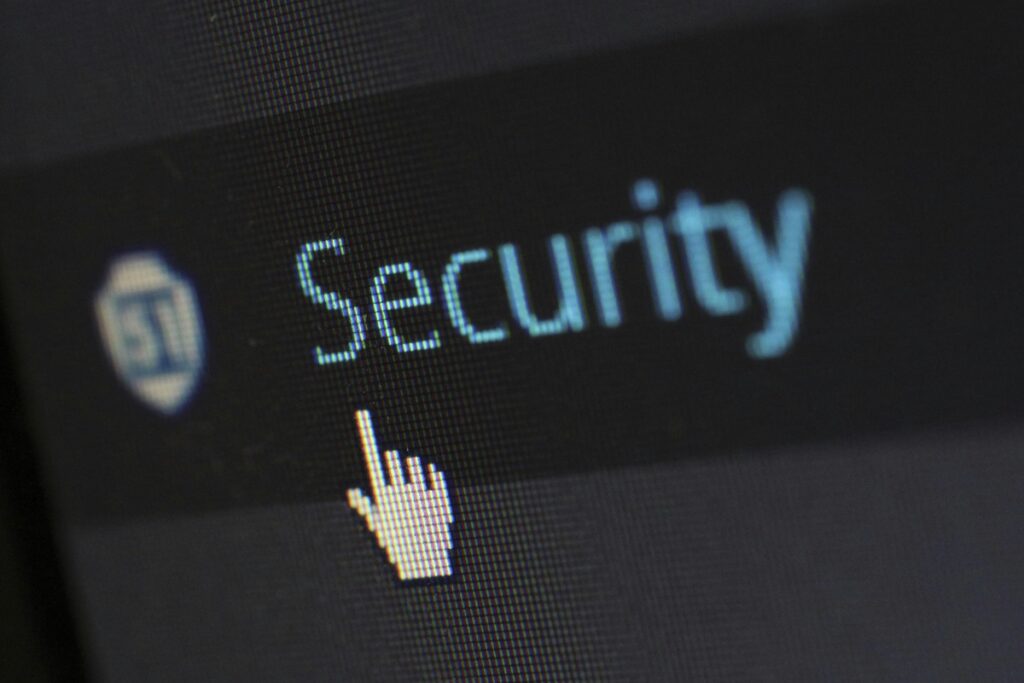In the world today, industrial companies are becoming more dependent on Industrial Control Systems (ICS) to operate their businesses. These systems are crucial for operating machinery, processes, and critical infrastructure. But as digital technologies are used more, so is the threat of cyberattacks on these systems. Protecting ICS is no longer a choice—it is a necessity. This guide delves into the fundamental elements of ICS security. It offers real-world measures to safeguard these vital systems against cyberattacks, guaranteeing the reliability and safety of industrial operations.
1. Learn the Fundamentals of ICS and Its Weaknesses
Industrial Control Systems (ICS) are tasked with automating industrial processes like manufacturing, energy generation, and utilities. These systems include distributed control systems (DCS), supervisory control and data acquisition (SCADA) systems, and programmable logic controllers (PLC). Nevertheless, ICSs are increasingly prone to cyberattacks through their connectivity with wider networks. In the past, ICS functioned within segregated environments, but today, greater interconnectedness with company networks and the internet provides potential windows for cyberattacks. These vulnerabilities are crucial to understanding, marking the start of developing an effective ICS security plan.
2. Establish a Robust ICS Security Policy
A sound security policy is essential to defend ICS from cyberattacks. The policy should detail the security protocols and procedures required to protect ICS elements. This entails determining critical assets, specifying access controls, and setting precise security incident response procedures. The policy must also touch on the requirement for periodic updates and patch management to maintain systems free from known vulnerabilities. An overarching security policy helps ensure that everyone is on the same page and can effectively react in case of a breach.
3. Segment ICS Networks and Isolate Critical Systems
Network segmentation is a sound strategy for improving ICS security. Segmentation of networks into discrete zones helps to isolate critical systems from less critical areas of the network. This minimizes the chances of an attacker accessing the most critical elements of the ICS. For instance, physical process control systems should be isolated from administrative and business networks. This makes it harder for cyber threats to spread across the whole system, thereby reducing the impact of any attack.
4. Implement Access Controls and User Authentication
Access control to ICS is essential in preventing unauthorized users from accessing the system. An effective access control system ensures that only authorized individuals can access sensitive parts of the ICS. Multi-factor authentication (MFA) must be used to provide an additional layer of security. In addition, user roles must be established with the concept of least privilege—granting employees access only to the systems they require to carry out job functions. Periodic audits of user privileges and access must be performed to guarantee compliance with security standards.
5. Monitor ICS Systems for Anomalies and Threats
Continuous real-time monitoring of ICS systems must be done to identify security threats. Through the use of intrusion detection systems (IDS) and security information and event management (SIEM) software, organizations are able to detect unusual activity or indicators of a cyber-attack. Attention should be given to traffic in between critical elements, in addition to any external connections to the network. Robust ICS cybersecurity not only involves implementing defensive barriers but also staying on guard through continuous monitoring, which allows companies to identify threats prior to them having a huge impact.
6. Educate Employees on ICS Security Best Practices
Employee training is an important aspect of ICS security. Employees must be trained periodically in security best practices and the particular threats to ICS environments. This includes identifying phishing attacks, being aware of password policies, and knowing how to report security incidents. Employees must also be informed about the significance of not bypassing security procedures and protocols. Cybersecurity is a collective responsibility, and when employees know their part in safeguarding ICS, it enhances the business’s overall security stance.
7. Maintain ICS Systems Current with Regular Patching
One of the best methods to avoid security breaches is regular patching and software updates. ICS software and hardware vulnerabilities tend to be found after they have been deployed, which is why it’s important to install patches and updates at the earliest possible moment. Industrial systems are hesitant to update, though, because they fear that it will interfere with operations. This is a legitimate concern, but it’s much more expensive to handle a cyber-attack due to an unpatched vulnerability. Using an automated patch management system can help alleviate this risk and keep critical systems current with the latest security enhancements.
Conclusion
Security for ICS is a continuous process that demands constant vigilance, adaptation, and attention. By learning the specific vulnerabilities of ICS, creating a robust security policy, isolating networks, and enforcing robust access controls, companies can mitigate the danger posed by cyber threats. Ongoing monitoring, training for employees, and periodic patching are also important to ensure that an ICS environment is secure. As industries move forward with digital transformation, it should be a primary concern to secure ICS systems from cyber-attacks to ensure both operational integrity and sensitive information are protected.

